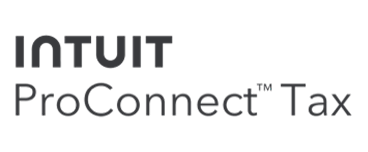
Create Your Firm’s Disaster Recovery Plan in Five Easy Steps
As accountants, most of us like dealing with certainty. As business owners, however, we have to be able to handle a certain degree of uncertainty, including situations over which we have no control at all: disasters like hurricanes, floods and fires. That’s where a disaster recovery plan (DRP) comes into play.
Creating a DRP shouldn’t take up a lot of your time, but you do need to have one. Think about it: if your office burned to the ground (or was flooded or wiped out by a hurricane) and you lost everythingwhat would you do? If you just broke out into a cold sweat, you understand why you need a DRP. If you don’t have one, you are accepting the risk of taking a devastating financial hit. Remember, your clients aren’t going to pay you to recreate any work that is destroyed or to reproduce essential documents.
My own DRP is pretty simple: We have everything (and I mean every single client file and essential piece of documentation) in the cloud. This means that if my physical office is wiped out, I can go to a safe—preferably tropical—location with Internet access. My practice will not skip a beat. Anything beyond my client documents and personnel information that was in the office can be replaced with a business interruption insurance claim.
If you can’t say the same for your firm, now is the time to put cloud-based workflows in place and secure your critical documents. Start with the next piece of paper you pick up and these five easy steps:
- Envision your office on fire/underwater/devastated by a hurricane.
- Take a deep breath. Determine what documents you need for your practice to continue if you can only access things in the cloud.
- If it makes it easier, start uploading the most important documents first.
- Buy a scanner and scan everything directly into a secure document management solution (I use SmartVault in my own firm).
- Document your workflows so you can be sure you are capturing everything you need going forward.
Your DRP can be this simple, too, if you have the right technology employed to store and secure your documents. While you can’t control if your firm will be affected by a natural disaster or fire at some point, by using this disaster recovery strategy you can significantly reduce the associated financial and operational risks.
Still not sure where to start? Download SmartVault’s Disaster Recovery Checklist to see how we approach our DRP. This handy checklist is a great place to start for professional service providers, and while we hope you never have to use it, a DRP can help you weather the storm if an unforeseen event strikes your business.






